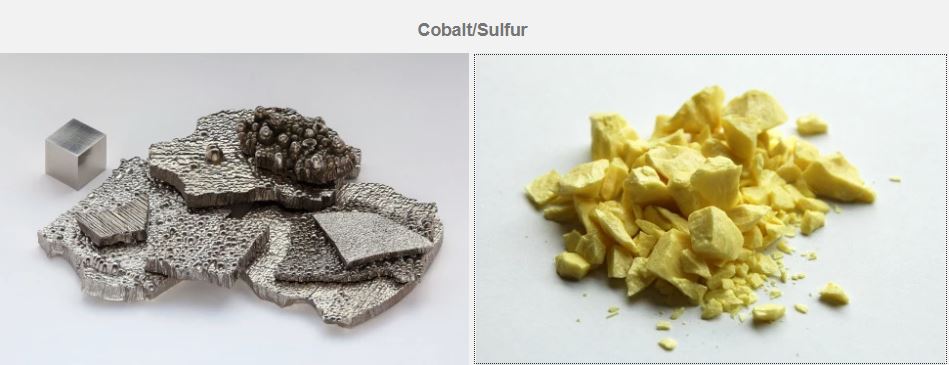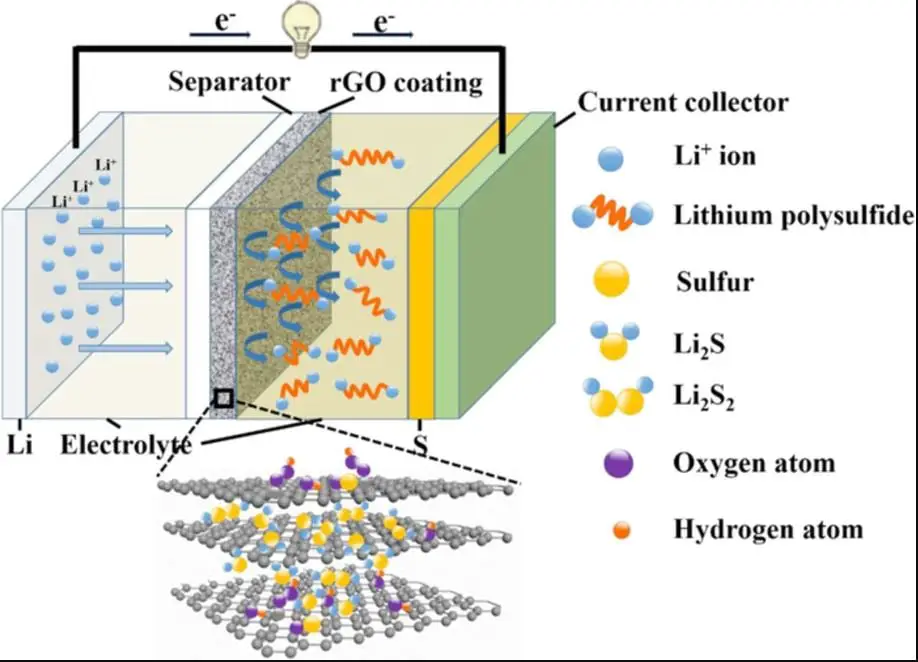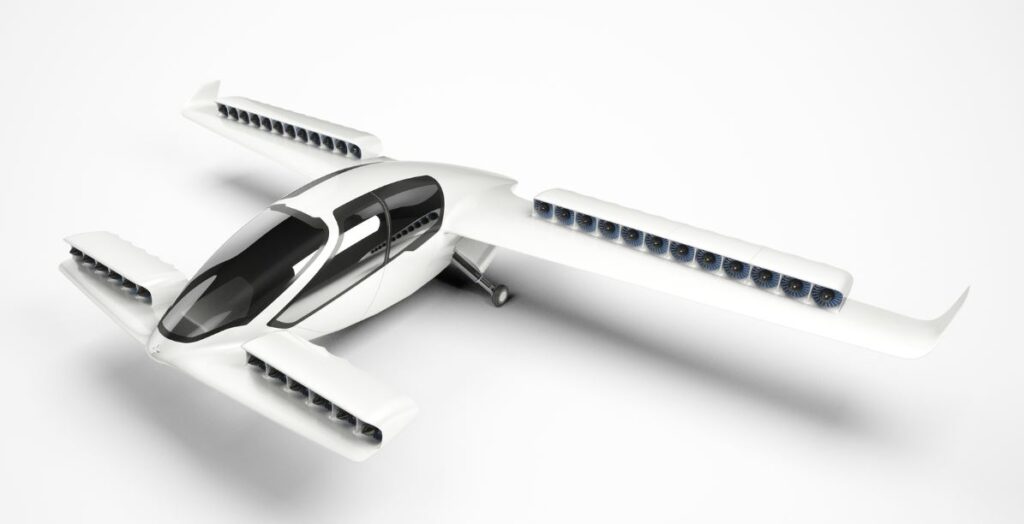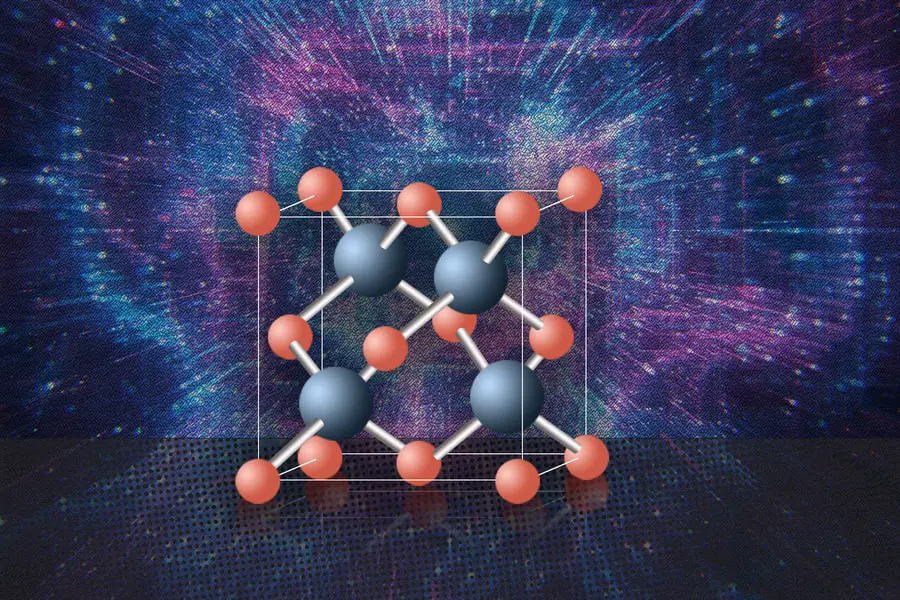It’s a small step for lithium, but a giant leap for humanity. While many researchers have been trying for years to find the best battery of the future, several experiments on lithium-sulfur batteries could definitively put lithium-ion in oblivion.
SULFUR TO RESCUE The ELECTRICAL DEVICES
You probably know it, but currently, the vast majority of electrical and electronic devices that we use on a daily basis are equipped with so-called lithium-ion batteries.
These involve the costly, and very controversial from a climate point of view, extraction of rare and precious raw materials such as lithium, or even copper and nickel, from which cobalt is extracted, a very expensive material and increasingly rare, essential to the proper functioning of our lithium-ion batteries as we know them today.

Currently, researchers around the world are mainly working on three types of batteries for the more or less near future, namely “new gen” lithium-ion batteries, so-called “all-solid” sodium batteries , which have the advantage to be non-flammable and therefore much safer, and finally, lithium-sulfur batteries which have just experienced two major advances in quick succession, impressive and perhaps decisive for the future.
WITH LITHIUM-SULFUR BATTERIES, THE AUTONOMY OF ELECTRICAL DEVICES COULD BE QUINTUPLED
If we have known for years that this type of battery can have an autonomy up to 5 times greater than that offered by lithium-ion , we were until then faced with a problem of longevity due to an accumulation too important and irreversible dendrites and lithium polysulphides.
The first to have made considerable progress were researchers from the University of Michigan, who announced in January that they were now able to maintain the level of performance of lithium-sulfur batteries for more than 1,000 complete charge and discharge cycles, i.e. a lifetime of approximately 10 years before being replaced.

To achieve such a feat, Professor Nicholas Kotov’s team explains to us that they used a Kevlar derivative, after observing the composition of a bulletproof vest, to create a mesh membrane to stabilize their lithium-sulfur battery. The results were fascinating, but the story doesn’t end there.
USING on ELECTRIC PLANES SOON?
The story is already very beautiful and exciting, but a few days ago another team of researchers, still based in the United States, but this time based at Drexel University in Philadelphia, claims to have succeeded in pushing the charge/discharge cycle at more than 4000 while keeping more than 80% of its initial charge capacity , but a little by mistake in reality…
Concretely, the team started from the observation that the main problem with lithium-sulfur batteries today is this famous irreversible deposit of polysulphides. The goal is to reduce this phenomenon as much as possible.
They therefore used a vapor deposition system which made it possible, in a completely unexpected way, to stabilize the sulfur and limit the progression of the polysulphides at an ambient temperature whereas this should only happen at high temperatures (above 95°). The results may be obviously sensational and extremely exciting, the researchers actually do not know precisely how they arrived at such a result.

Be that as it may, the future looks incredibly exciting from this point of view and could mark a real revolution with smartphones finally capable of holding out for several days or even weeks, electric cars driving for more than 1,000 kilometers and why not in the future electric planes with such a capacity?




